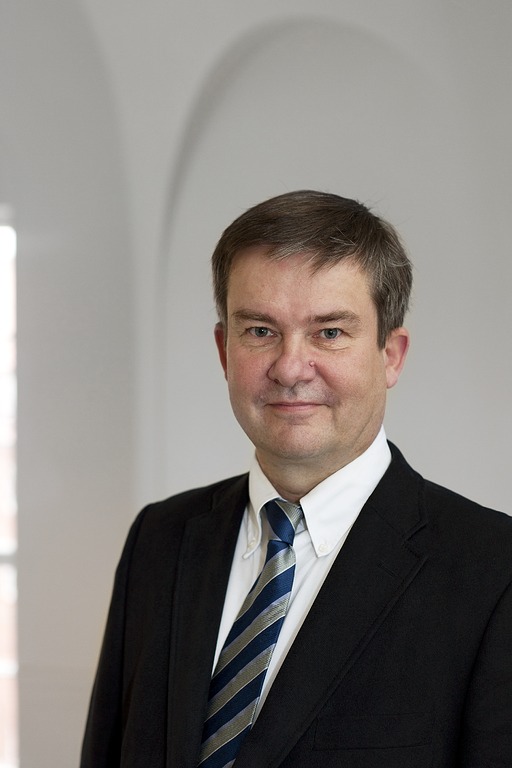Management that values staff increases well-being at work

Project Researcher and Doctor of Science Juha Eskelinen, Professor (emeritus) of Economics Pekka Ilmakunnas and Professor in Logistics Markku Kuula, all from the School of Business, have studied the link between well-being at work and productivity. They examine the topic in their article ŌĆ£Ty├Čhyvinvoinnin tuottavuusvaikutukset tutkimuksen valossaŌĆØ (on the productivity effects of well-being at work in the light of research, in Finnish) from the perspective of both employees and companies.
The productivity effects of well-being at work and the means to improve productivity with working conditions have been the topic of discussion between decision-makers and researchers in society for a hundred years now. The effect of individual measures aimed at strengthening well-being at work, especially those aimed at individuals, on well-being at work seems to be rather small and of short duration.
ŌĆśIf working conditions and the operating culture do not develop at the same time, the systemic forces at the workplace seem to restore the situation closer to the previous state. However, the results of organisation-level measures indicate that well-being at work and productivity can be influenced,ŌĆÖ says Juha Eskelinen.
According to the researchers' report, the effectiveness of measures targeting the work itself and its arrangements seems to be stronger and longer lasting than individual level measures.
ŌĆśHowever, there is no reason to consider measures aimed at strengthening individual resources futile. They may have their place as part of the measures that develop the organisation's performance,ŌĆÖ Eskelinen continues.
The importance of listening to and hearing staff
For decades, people have attempted to improve well-being at work and working conditions in different ways. For many reasons, it is, however, difficult to assess how much productivity can be improved by measures that target well-being at work or management. Well-being at work is a complex phenomenon for which one quantitative indicator cannot be set; instead, several alternative, most often subjective, indicators have been used in the studies.
When examining various measures aimed at improving well-being at work and working conditions, it has become clear that the effects of the measures have remained short-term. Their benefits have been greatest in the three months after implementing the measure, after which the effect has rapidly decreased. Nonetheless, researchers have concluded that the benefits obtained during the three months exceeded the cost of the measures.
ŌĆśAlthough we were unable to demonstrate that well-being at work would increase productivity, our review shows that well-being at work is a key factor behind very successful individuals and organisations. Well-being at work cannot be maintained through management tricks; instead, it can be achieved through persevering management that values staff and can be supported by other measures promoting well-being,ŌĆÖ says Pekka Ilmakunnas.
The article has been published in the AkavaWorks publication series and it is a part of the Akava (employment through well-being at work, in Finnish).
Further infomation:

Read more news

Creating room for connection, dialogue, and collective planning is more important than ever
Two workshops were organised to build bridges and foster meaningful action on EDI at the Aalto School of Business.
Researchers turn energy loss into a way of creating lossless photonics-based devices
Turning energy loss from a fatal flaw into a dial for fine-tuning new states of matter into existence could yield better laser, quantum and optical technology.
Half of highly educated immigrants find employment through Espoo and AaltoŌĆÖs collaboration
The exceptional employment outcomes are the result of collaboration, in which service design research has played a key role.






